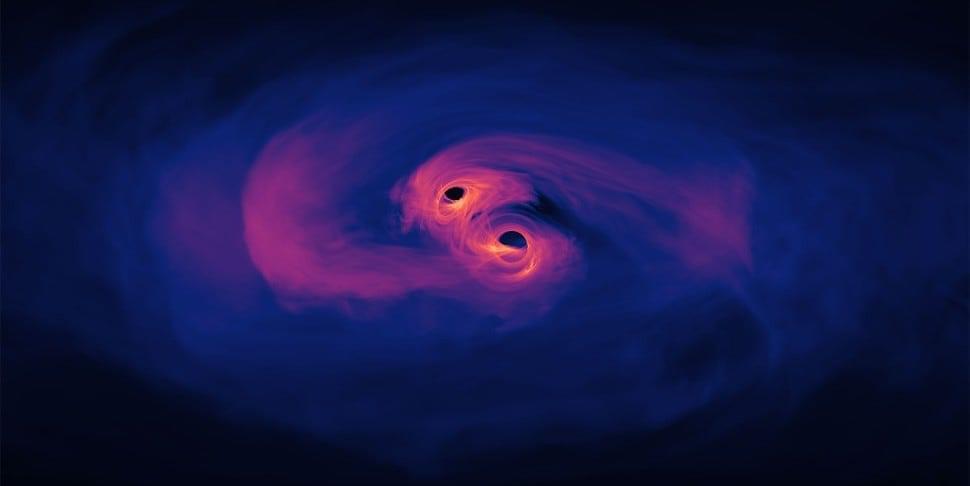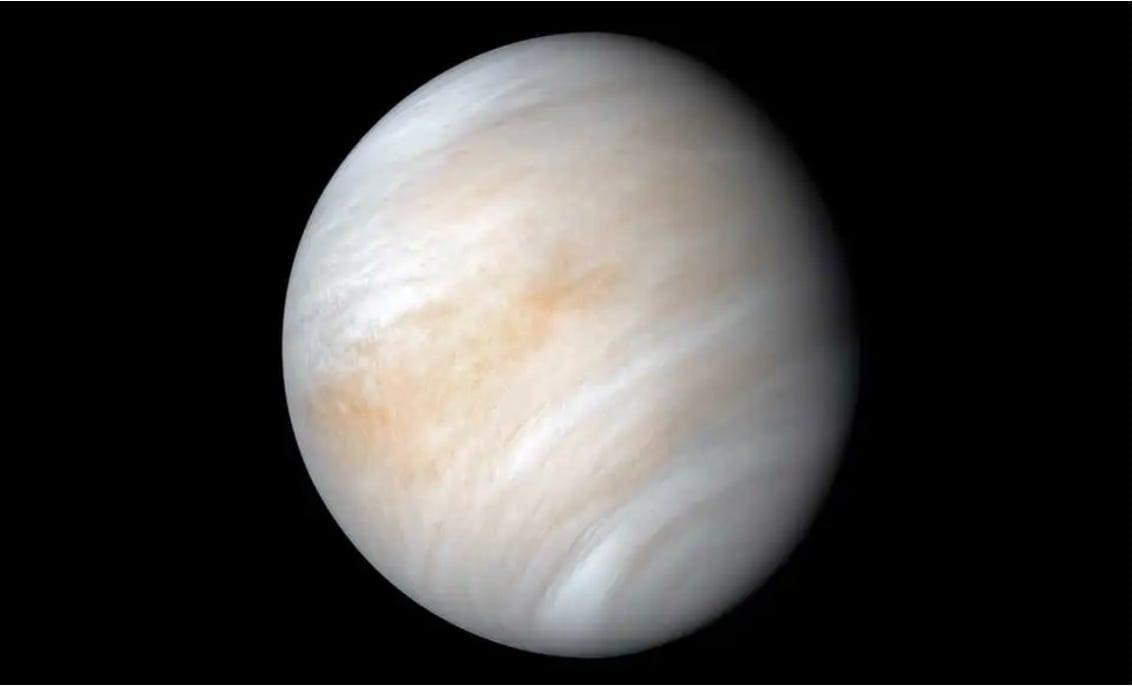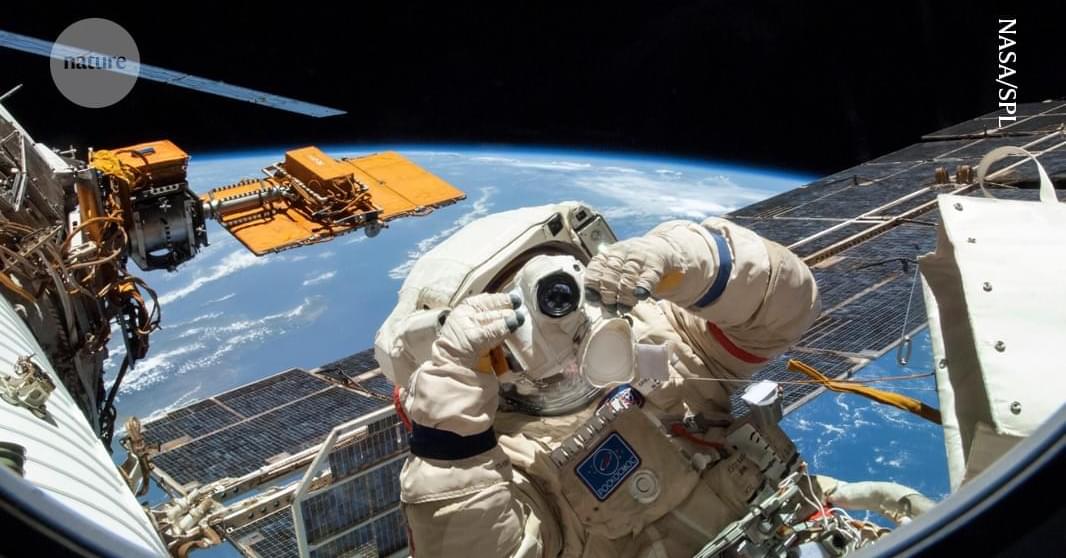SpaceX’s Starship Flight 9 launched from Starbase in South Texas on May 27, 2025. The first-ever reused Super Heavy booster exploded during its landing burn over the Gulf of Mexico.
Broadcast courtesy: SpaceX.
SpaceX’s Starship Flight 9 launched from Starbase in South Texas on May 27, 2025. The first-ever reused Super Heavy booster exploded during its landing burn over the Gulf of Mexico.
Broadcast courtesy: SpaceX.
SpaceX launches Starship Flight 9: Ship 35 and Booster 14–2 on the ninth orbital test flight!Go to https://myradar.com/ to get the best-rated weather app the…

Almost every galaxy hosts a supermassive black hole at its center. When galaxies merge, the two black holes spiral in closer to each other and eventually merge through gravitational-wave emission. Within a few billion years, this process will be featured close to home as our own Milky-Way will collide with its nearest massive neighbor, the Andromeda galaxy.
If the two black holes have different masses, the emission of gravitational waves is asymmetric, causing the merger product to recoil. The intense burst of gravitational waves in a preferred direction during the final plunge of the two black holes towards each other, kicks the remnant black hole in the opposite direction through the rocket effect. The end result is that gravitational waves propel the black hole remnant to speeds of up to a few percent of the speed of light. The recoiling black hole behaves like the payload of a rocket powered by gravitational waves.
In 2007, I published a single-authored paper in the prestigious journal Physical Review Letters, suggesting that a gravitational-wave recoil could displace a black hole from the galactic center and endow it with fast motion relative to the background stars. If the kick is modest, dynamical friction on the background gas or stars would eventually return the black hole back to the center.

Who i am and all my stuff here: https://hey.link/w8yiD ✅🎁🚀
Wanna watch more Free audiobook? Click here: • The Future is Matrix: AI, Virtual Worlds,… ✅
The Physics of Space Travel: Exploring Faster-Than-Light Travel is an exhilarating journey into the world of cutting-edge science and theoretical physics. Imagine a future where interstellar travel is not just a dream, but a reality. In this comprehensive and accessible guide, you’ll dive deep into the science behind faster-than-light travel, exploring concepts like Einstein’s theory of relativity, wormholes, warp drives, and quantum tunneling.
Whether you’re a space enthusiast, a science fiction fan, or simply curious about the future of space exploration, this book breaks down complex ideas into engaging, easy-to-understand chapters. Discover the latest theories in space travel technology, the role of dark matter and dark energy, and the tantalizing possibility of time travel. Along the way, we’ll explore the search for advanced extraterrestrial civilizations and how their discoveries could guide our own journey to the stars.
With vivid explanations, real scientific insights, and thought-provoking possibilities, The Physics of Space Travel is your essential guide to understanding how humanity might one day break the light-speed barrier and unlock the mysteries of the cosmos.


Join us for full LIVE Countdown To Launch Coverage of SpaceX’s 9th Starship Flight Test For a full detailed mission briefing visit: https://tlpnetwork.com/la…
Experience Sunbird and step into the future of propulsion. Dive into our interactive 3D experience and see Sunbird in action as it unlocks new frontiers.
Meet Sunbird, a marvel of space propulsion innovation, powered by our state-of-the-art Dual Direct Fusion Drive (DDFD). With a remarkable specific impulse of 10,000–15,000 seconds and 2 MW of power, Sunbird is redefining what’s possible in space travel.
The compact DDFD isn’t just an engine, it’s a leap forward, providing both thrust and electrical power for next-generation spacecraft. This breakthrough opens unprecedented possibilities to explore the solar system faster and with greater payloads than ever before.
Ready to see the future launch?
A special thank you to Dark Star Labs for bringing our vision to life with this incredible video.
